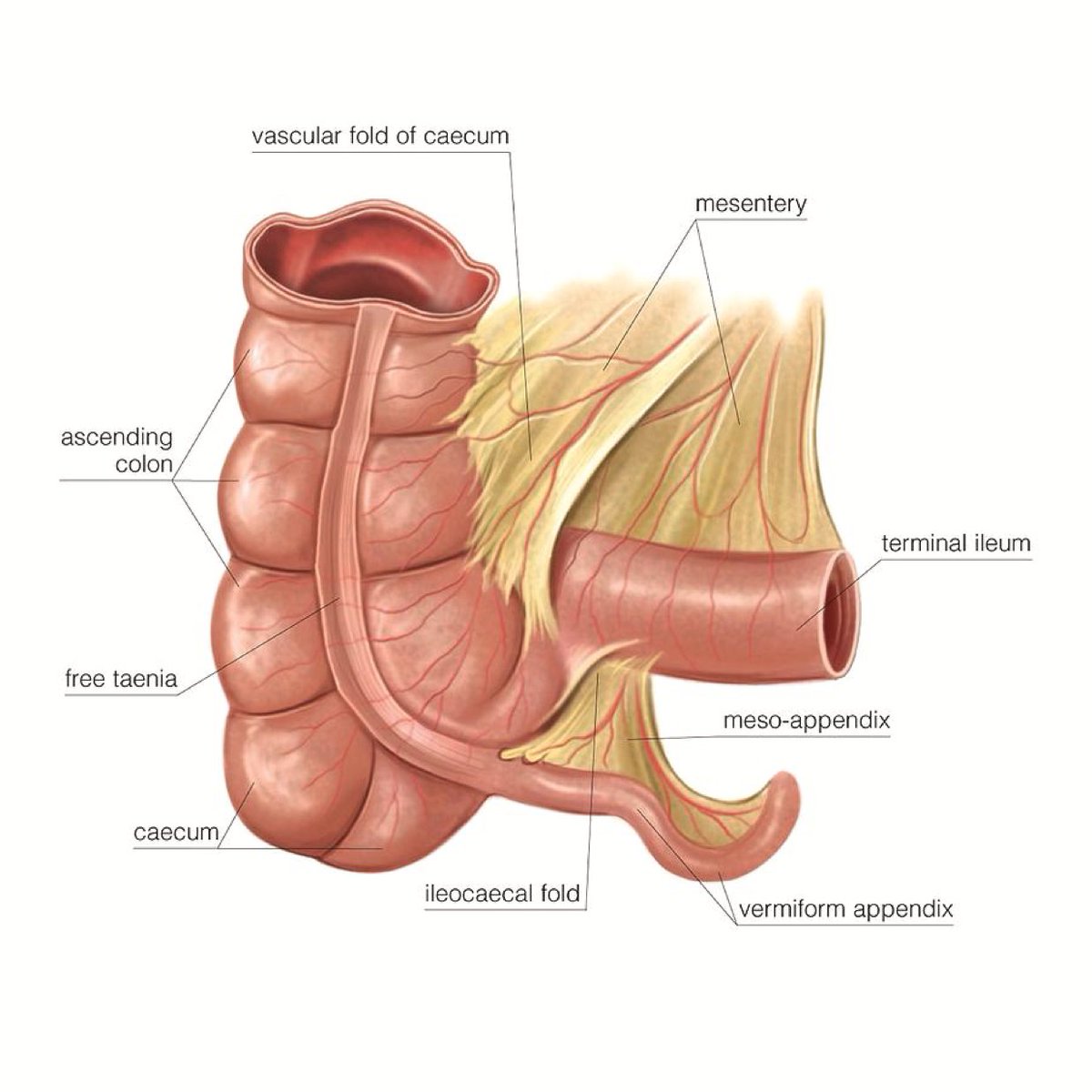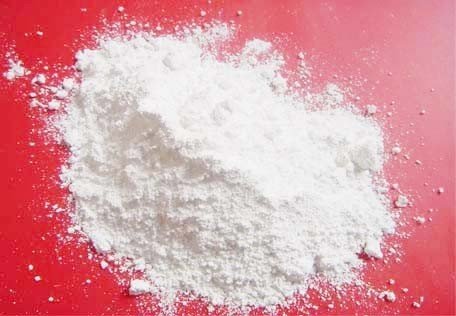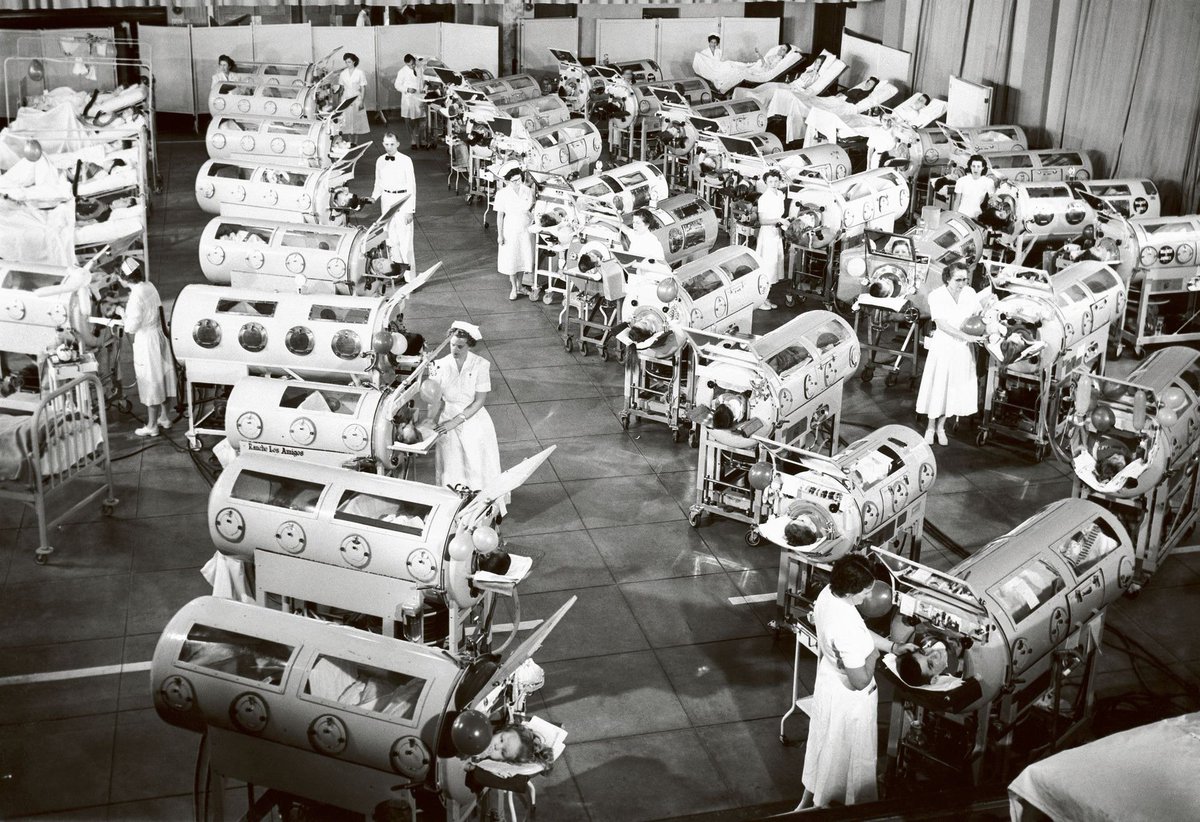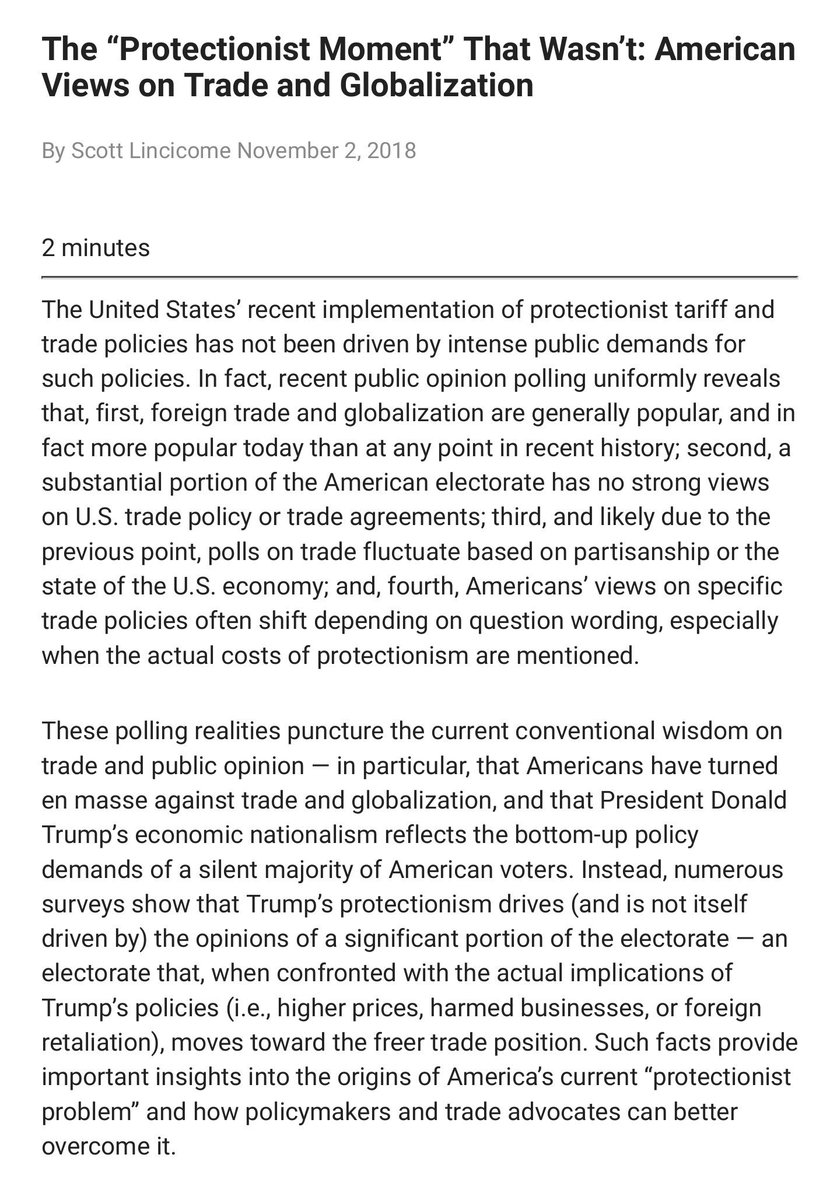#crohnsdisease #ulcerativecolitis #ibd #chronicillness #crohns
ncbi.nlm.nih.gov/pubmed/21172238

gut.bmj.com/content/gutjnl…

In that study, the bacteria Streptococcus fecalis was placed into rabbit ileum & failed to develop any of the symptoms of Crohn’s.
sigmaaldrich.com/technical-docu…
medicinenet.com/pandas/article…
amazon.com/Crooked-Man-Ma…
ncbi.nlm.nih.gov/pubmed/3817799
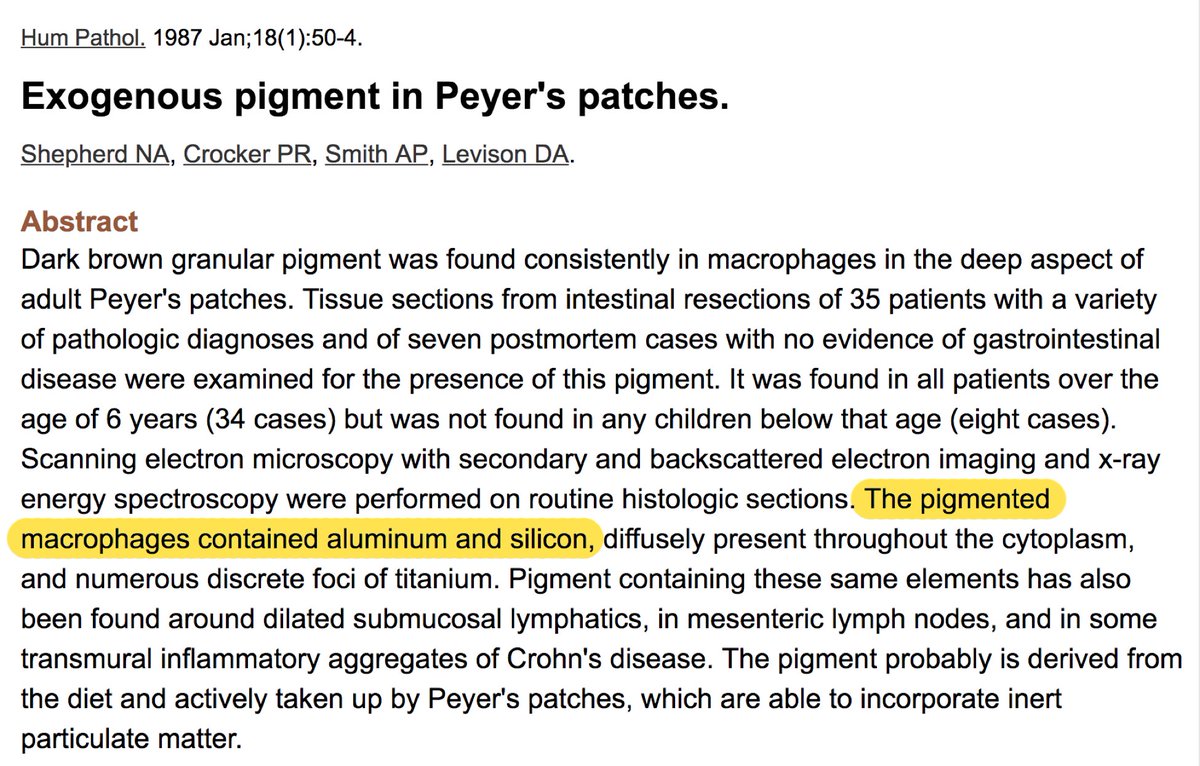
journals.sagepub.com/doi/abs/10.117…

onlinelibrary.wiley.com/doi/abs/10.109…

nature.com/articles/mi201…
sciencedirect.com/science/articl…
Where does the aluminum go? Read Crooked! It’s shocking.
amazon.com/Crooked-Man-Ma…
We place our faith elsewhere.


